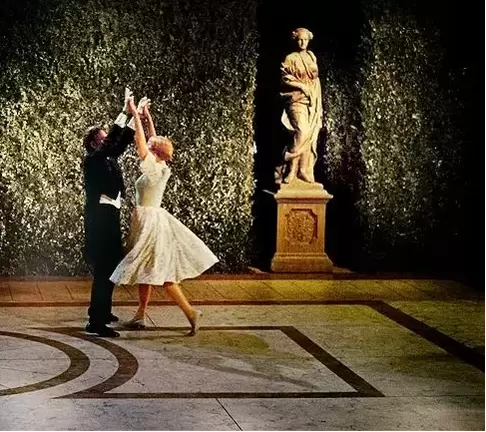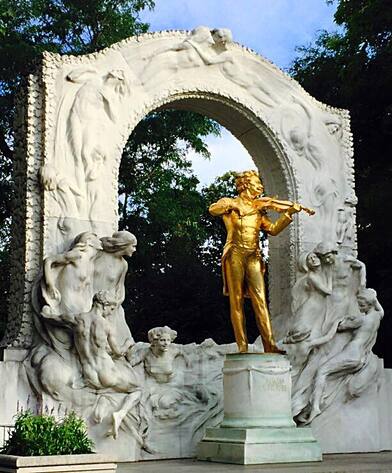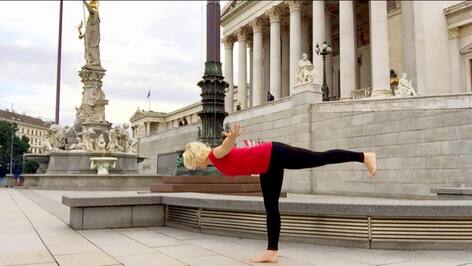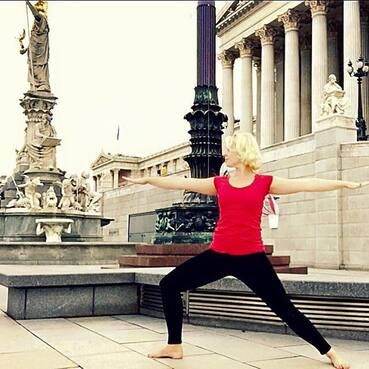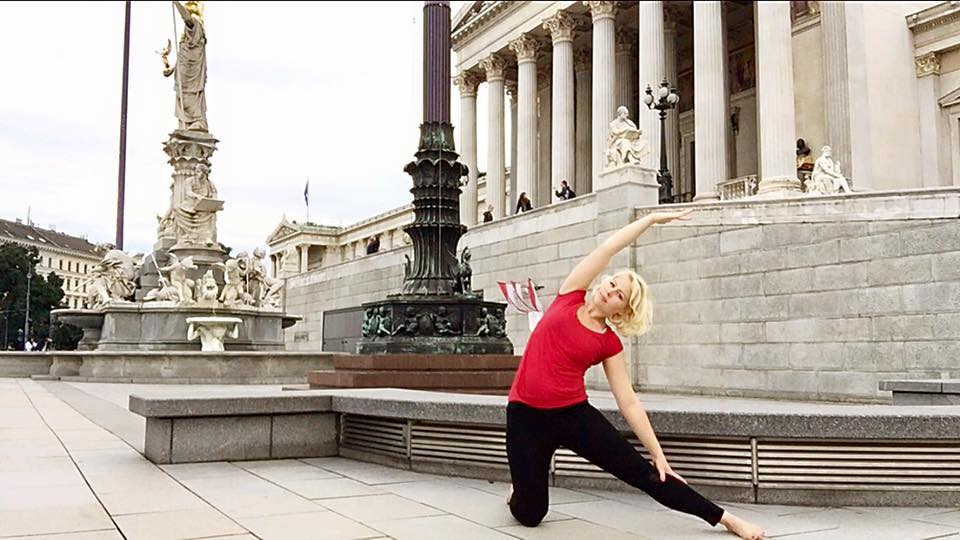“Yoga is like music.
The rhythm of the body,
the melody of the mind,
and the harmony of the soul
creates the symphony of life.”
– B.K.S. Iyengar.
The rhythm of the body,
the melody of the mind,
and the harmony of the soul
creates the symphony of life.”
– B.K.S. Iyengar.
When I think about Vienna, Austria, I automatically want to step into three-quarter time waltz (which was originated here) like the scene from the Sound of Music- when Maria gets swept away by Captain Van Trapp and they waltz at the grand Viennese Ball for Baroness Schrader.
Vienna owns up to its name “the music capital of the world”, at least for classical music, as it served as the home and setting for Mozart, Haydn, Beethoven, Schubert, Strauss, and Brahms to create some of their most famous compositions. More famous composers have lived in Vienna than in any other city!
"Haydn, Beethoven, Mozart, none of them were born in Vienna.
They all moved there.
It became a magnet, but what made it magnetized in the first place?
There has to be a seed there.
In the case of Vienna of about 1780, it was this deep-seated love of music."
— Eric Weiner
They all moved there.
It became a magnet, but what made it magnetized in the first place?
There has to be a seed there.
In the case of Vienna of about 1780, it was this deep-seated love of music."
— Eric Weiner
Classical music, as we call it today, emerged gradually over the past one thousand years. From Gregorian chants in cathedrals, the Renaissance brought Italian notations and polyphony (many-voiced) compositions written onto sheet music. By the middle of the 15th century, performances at royal palaces and noblemen houses had exceeded the Church as the most important influence on the course of music.
During the 18th and 19th centuries, the Classical period emerged and the heart of Central Europe (Austrian and Austro-Hungarian Empire) contained well-educated elite as audiences that played a role in composers moving to Vienna. The style mirrored the Age of Enlightenment and Age of Reason with a memorable melody, arranged in regular four-measure phrases for balance. These phrases were driven by regular rhythms and notable by logical harmonic movement.
Even today, opera and concert performances play a major part in Viennese life. Every single night there is an opportunity to see great musicians performing on over 120 stages. Some theatrical locals even dress up like Mozarts walking around selling tickets.
During the 18th and 19th centuries, the Classical period emerged and the heart of Central Europe (Austrian and Austro-Hungarian Empire) contained well-educated elite as audiences that played a role in composers moving to Vienna. The style mirrored the Age of Enlightenment and Age of Reason with a memorable melody, arranged in regular four-measure phrases for balance. These phrases were driven by regular rhythms and notable by logical harmonic movement.
Even today, opera and concert performances play a major part in Viennese life. Every single night there is an opportunity to see great musicians performing on over 120 stages. Some theatrical locals even dress up like Mozarts walking around selling tickets.
Walking by a casual street performance in Vienna, 2015
When I popped into Vienna in 2015, I delightfully stumbled upon last-minute 2nd row tickets to a mini orchestra featuring Vivaldi’s Four Seasons in a lovely cathedral- A stunning performance that I will never forget! The Four Seasons is among the best known and most frequently-played piece of classical music. It illustrates the new concept of concerto, a composition that contrasted two groups of instrumentalists with each other.
Music has always been a fundamental aspect of yoga. Listening to the right kind of music during your physical yoga practice and meditation can alter your mood, your day, and your whole being. Further, yoga chants and mantras create cadenced sounds to focus and quiet the racing thoughts of the mind.
The rhythmic movement of all the parts of the body, like the percussion in the symphony, along with the melody of the strings (mind), align with the breath as the wind section.
The rhythmic movement of all the parts of the body, like the percussion in the symphony, along with the melody of the strings (mind), align with the breath as the wind section.
Yoga Poses as Instruments of the Symphony Orchestra
Using sound to connect to a higher state of consciousness is a common practice of most spiritual traditions. The sanskrit word nada means “sound”, therefore nada yoga is “the yoga of sound”. This Nada Yoga holds the concept that it is the sound energy in motion, rather than of matter and particles, which form the building blocks of the cosmos. Basically, physicists have discovered that at a subatomic level our atoms are “singing.” Great yogis believed sound was the ancient reality existing even before there were ears to receive it.
In Patanjali’s Yoga Sutras, Om or Aum represents universal consciousness. Hindus say aum, Muslims say amin, and Christians say amen. It refers to our soul (Self within) and the entirety of the universe (truth and divine). Because all other sounds emerged and are an extension of Aum, a yogi can make any sound a tool, such as their own voice or an instrument, to reach the primal sound Aum.
